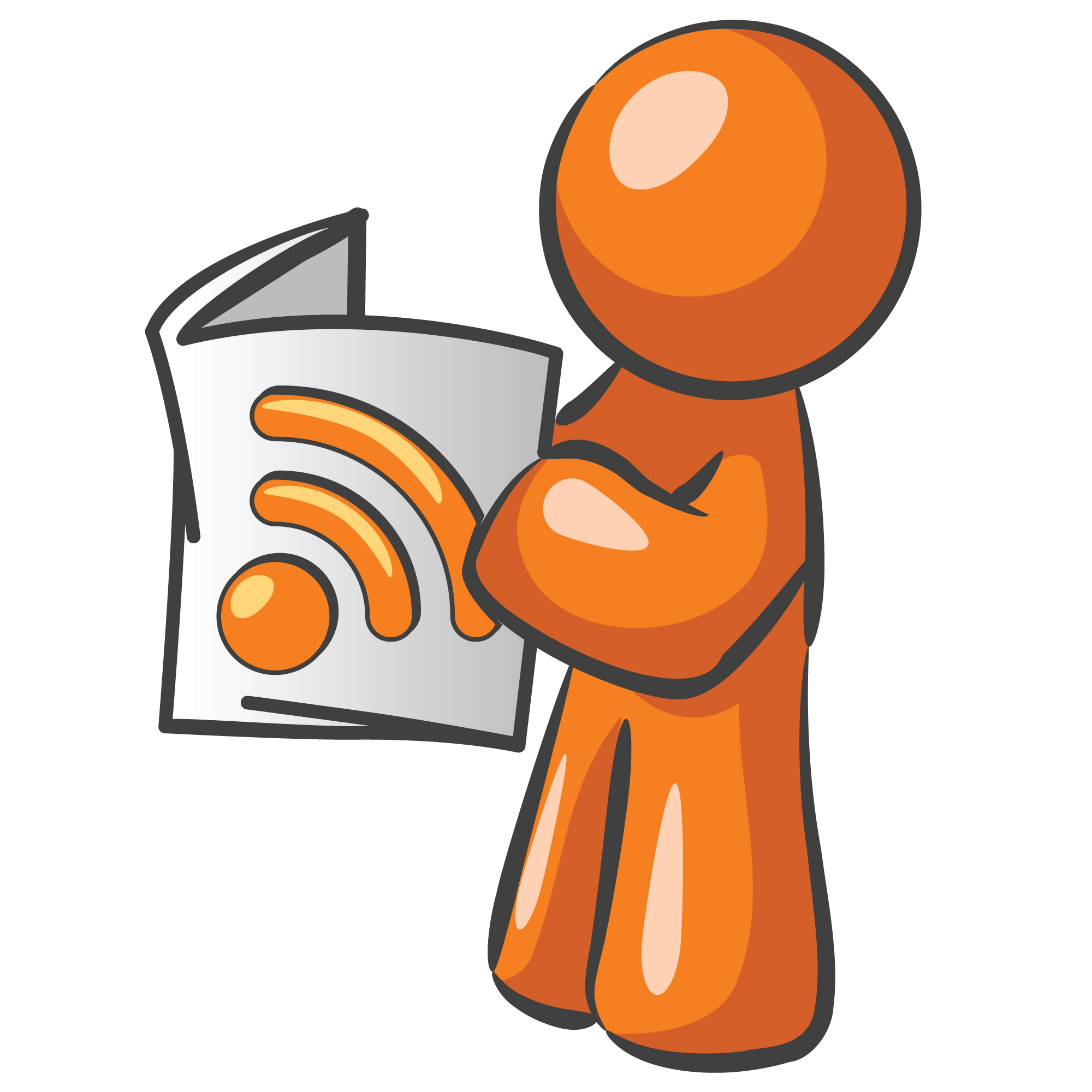
I was so excited when I stumbled upon Larry Ferlazzo's blog because not only does he have great ideas for digital storytelling but he is an excellent resource for ideas for teaching my ELLs!! I can't think of a better way to motivate them, to inspire creativity, to integrate technological tools, and to simply get them to write with a project based approach all while giving them an opportunity for self expression.
Sadly, as I talked to my students, I discovered that most of them don't know their "stories." They couldn't answer my questions about immigration or what their parent or grandparents lives were like in their native countries. Some of them could describe some details of their native countries but not as much as I had hoped. I will try to reach out to the families but that is difficult with the language barriers.
Admittedly, I wanted to include many of the tools but I haven't explored enough to feel that I can choose my favorite at this point. I promise I will update as soon as I figure out more....but I do know that it will be another way I can better integrate my iPads. The iPads are so versatile that students can use them for photos, videos, and text. They just need a teacher that can get herself savvy with all the tools.









